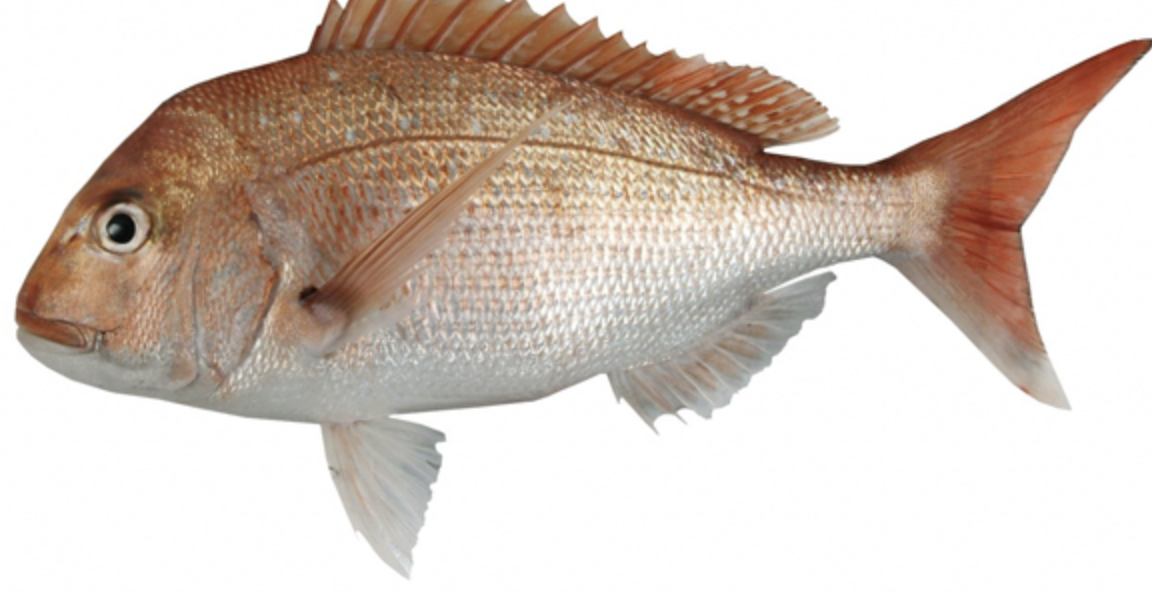A Fisheries New Zealand national survey of recreational fishing has confirmed the ongoing importance of recreational fishing.
The National Panel Survey – which is conducted every 5 to 6 years – provides a snapshot of recreational fishing activity around the country, says Fisheries New Zealand director of fisheries management, Stuart Anderson.
“This is added to a wide range of other information to help us understand what is happening in our fisheries and inform our decision making over the next few years.
“One of the top-line results was confirmation of the ongoing popularity of recreational fishing. We estimate that 14 percent of the country’s population over the age of 15 years went fishing at least once during 2017-2018.
“We also found that recreational fishers catch a large proportion of key recreational fish species such as snapper, kahawai, blue cod, and kingfish. There’s been little change in the proportion of these fish caught by recreational and commercial fishers since 2012.”
The survey contacted more than 30,000 people and about 7,000 recreational fishers had their fishing outings recorded over a 12-month period.
The final results were confirmed by comparing different surveys conducted by the National Institute of Water and Atmospheric Research (NIWA) and the National Research Bureau (NRB).
Other key findings include:
- About half of all recreational fishing occurs around the north-east coast of the North Island along the coastline from the tip of Northland to East Cape.
- An estimated almost 2 million fishing trips were taken in 2017-2018.
- In 2017-2018, recreational fishers caught an estimated 7 million individual finfish and 3.9 million individual shellfish.
- In the Hauraki Gulf the average recreational snapper catch has seen a lot of fluctuation, almost tripling in the last 30 years, but trending down since the last survey in 2012.
- The average recreational kahawai catch has more than quadrupled in the Hauraki Gulf.
- Southland is the only area in the country where recreational fisher numbers appears to be increasing, by about 14%.








